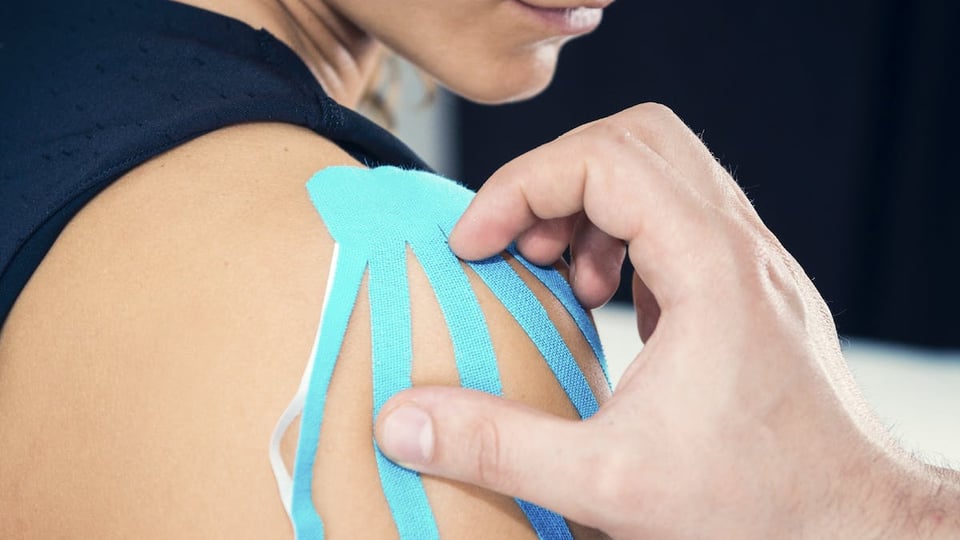The Fundamentals of Therapeutic and Kinesiology Taping
William Oswald PT, DPT, OCS
Includes all course content in digital format
Prerequisites Required
Description
Improve your effectiveness in hundreds of clinical conditions with a rehabilitative taping technique that is safe for populations ranging from pediatric to geriatric. Kinesiology taping facilitates the body's natural healing process while providing support and stability to muscles and joints without restricting movement. Its ability to lift the skin off the neural and sensory receptors provides therapeutic benefit that can be worn for several days. The effects can include enhancing muscle function, improving circulation, providing pain relief, and repositioning of a subluxed joint.
Through an integrated format of lecture and hands-on labs, you will review the evidence for therapeutic and kinesiology taping, and learn specific taping protocols that can be quickly integrated into practice. Kinesiology tape can be a valuable clinical tool used in conjunction with other treatments and modalities to have immediate positive effects on movement and performance, while reducing pain and improving clinical outcomes for your clients and patients.
Highlights
- Applying evidence for therapeutic and kinesiology taping
- Indications and contraindications of taping for various conditions.
- Hands-on labs for taping the spine, shoulder, elbow, wrist, hand, hip, knee, and ankle
- Combine kinesiology taping in conjunction with other treatments and modalities to achieve immediate functional results
- Master the fundamentals and indications of specific taping protocols that can be quickly integrated into practice
Learning Objectives
- Identify the types and uses of therapeutic taping.
- Discuss the benefits and limitations of kinesiology tape.
- Summarize the indications and contraindications of taping for specific conditions.
- Demonstrate correct application of fundamental taping techniques.
- Express clinical reasoning to determine appropriate taping intervention.
- Analyze common strategies in taping for improved outcomes.
Course Content
| The Fundamentals of Therapeutic and Kinesiology Taping | SCORM Package | ||
| Next Steps | Module |
- Overview of Kinesiology Taping
- Types of tape
- Objectives of taping
- Review of the evidence
- Precautions and contraindications
- Application/cuts
- Tension
- Cervical/Lumbar Taping Techniques
- Postural syndromes
- Directional pain
- General pain
- Hands-On Lab
- Shoulder Taping Techniques
- Rotator cuff facilitation
- Gleno-humeral joint stabilization
- A/C joint
- Frozen shoulder
- Elbow Taping Techniques
- Lateral epicondylagia
- Medial epicondylagia
- General pain
- Hands-On Lab
- Wrist & Hand Taping Techniques
- Finger strain/sprain
- Carpal tunnel
- DeQuervain's syndrome
- Thumb stabilization
- Hip Taping Techniques
- ITB syndrome
- Trochanteric bursitis
- Groin strain
- Hands-On Lab
- Knee Taping Techniques
- Patellofemoral syndrome
- Patella tendonitis
- Knee recurvatum
- Quadricep/hamstring strain
- Ankle Taping Techniques
- Ankle sprain
- Achilles tendonitis
- Plantar fasciitis
- Abnormal pronation
- Great toe pain/injury
- Hands-On Lab
DISCLOSURES
FINANCIAL: Bill Oswald is compensated by Summit as an instructor.
NONFINANCIAL: Bill Oswald has no non-financial relationships to disclose.
Click here to check accreditation for this course.